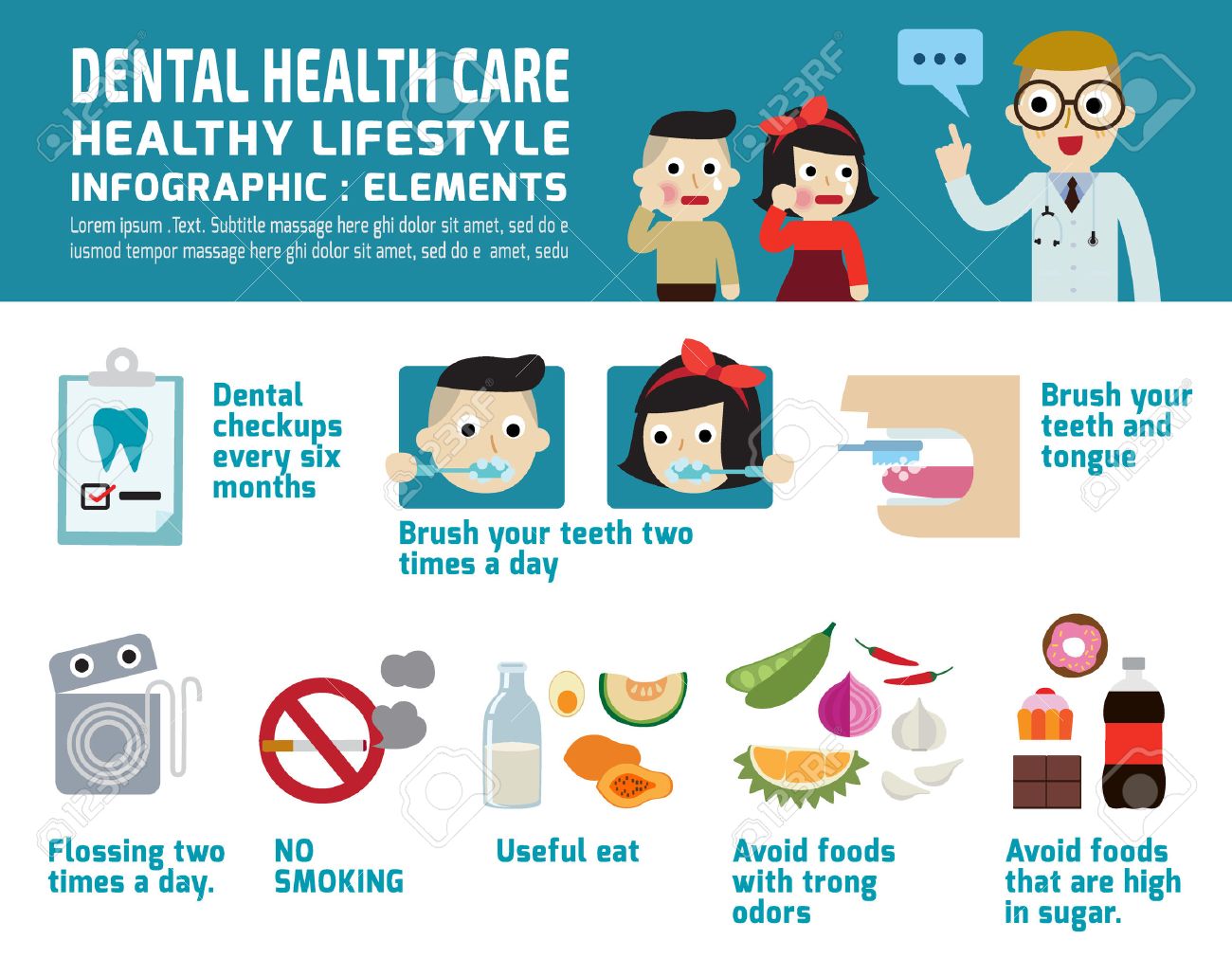Explore The Introducing Developments That Are Altering The Landscape Of Dental Surgery. Check Out The Future Of The Area And Guarantee You Continue To Be At The Forefront. Click Now For A Sneak Peek Of What Is To Come
Explore The Introducing Developments That Are Altering The Landscape Of Dental Surgery. Check Out The Future Of The Area And Guarantee You Continue To Be At The Forefront. Click Now For A Sneak Peek Of What Is To Come
Blog Article
Web Content Develop By-Bendixen Mccall
Welcome to the globe of oral surgery, where developments and advancements are forming the future of the field! In this interesting realm, you'll witness the transformative power of robotics, the cutting-edge wonder of 3D printing, and the game-changing effect of minimally invasive strategies.
The future of dental surgery holds a promise of accuracy, efficiency, and enhanced person results. With the help of sophisticated robotics, surgeons are able to carry out intricate procedures with greater accuracy and control.
3D printing innovation is revolutionizing the development of oral implants and prosthetics, supplying tailored options that fit perfectly right into each individual's one-of-a-kind composition.
Furthermore, minimally intrusive strategies are lowering post-operative pain and recuperation time, enabling people to go back to their every day lives earlier.
Prepare yourself to check out the interesting developments and advances that are improving the landscape of dental surgery!
Developments in Robotics
One significant advancement in dental surgery is the use of robotic technology, which permits exact and effective surgical procedures. With the help of robotic systems, dental specialists have the ability to execute complex surgical treatments with enhanced accuracy, decreasing the threat of human mistake.
These robotic systems are geared up with sophisticated imaging innovation and precise tools that allow doctors to browse through detailed physiological structures with ease. By making use of robot technology, doctors can attain better medical precision, causing enhanced individual outcomes and faster recovery times.
On top of that, the use of robotics in oral surgery permits minimally intrusive treatments, minimizing the trauma to bordering tissues and promoting faster recovery.
3D Printing in Oral Surgery
To improve the field of oral surgery, you can check out the subtopic of 3D printing in oral surgery. This innovative innovation has the prospective to transform the means oral surgeons run and deal with individuals. Here are 4 key methods which 3D printing is shaping the area:
- ** Custom-made Surgical Guides **: 3D printing allows for the production of highly precise and patient-specific medical guides, boosting the precision and performance of procedures.
- ** Implant Prosthetics **: With 3D printing, oral surgeons can develop tailored dental implant prosthetics that completely fit a patient's unique makeup, leading to far better outcomes and individual satisfaction.
- ** Bone Grafting **: 3D printing makes it possible for the production of patient-specific bone grafts, reducing the requirement for traditional implanting methods and boosting recovery and recuperation time.
- ** dentist for kids and learning and Training **: 3D printing can be used to develop sensible surgical versions for academic functions, permitting oral cosmetic surgeons to practice intricate procedures before performing them on clients.
With its potential to improve accuracy, customization, and training, 3D printing is an interesting growth in the field of oral surgery.
Minimally Intrusive Methods
To further progress the field of oral surgery, accept the capacity of minimally invasive techniques that can considerably benefit both surgeons and people alike.
Minimally invasive techniques are changing the field by reducing medical injury, lessening post-operative discomfort, and accelerating the recuperation process. These techniques include making use of smaller sized incisions and specialized tools to carry out procedures with accuracy and effectiveness.
By utilizing advanced imaging technology, such as cone beam of light calculated tomography (CBCT), surgeons can properly prepare and execute surgeries with minimal invasiveness.
Furthermore, the use of lasers in dental surgery allows for accurate tissue cutting and coagulation, causing reduced blood loss and lowered healing time.
With minimally invasive techniques, clients can experience quicker healing, decreased scarring, and boosted results, making it a crucial element of the future of dental surgery.
https://www.digitaljournal.com/pr/news/auckland-invisalign-scans-orthodontic-diagnostic-appointments-announced , as you can see, the future of oral surgery is incredibly appealing, with interesting innovations and breakthroughs forming the field.
From the developments in robotics to the use of 3D printing and minimally intrusive techniques, oral surgeons are revolutionizing the method they provide care.
While some may bother with the possible price associated with these developments, it is essential to remember that these technologies eventually improve person outcomes and reduce recovery time, making them well worth the financial investment over time.
